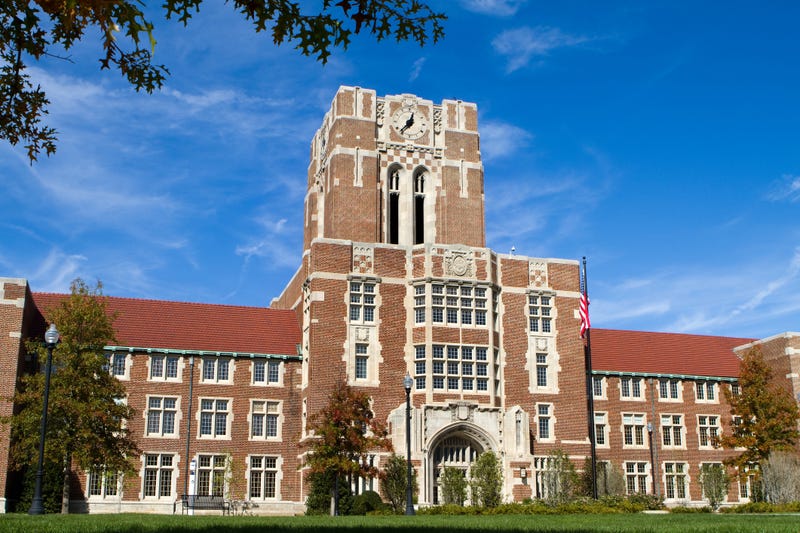
Although overall college enrollment in the U.S. is on the decline, some institutions have managed to increase the number of students signing up for classes this fall.
What’s their secret?
According to some administrators from colleges that have seen enrollment grow, affordability and practicality are key.
“It’s the programs, it’s the job potential,” Annette Parker, president of South Central College in North Mankato, Minn., told KEYC. “I think they’re learning about those opportunities, and they know that they can come here and get skills and knowledge that they can take out and advance their careers.”
Recent enrollment at South Central is up 4.3%, compared to a national decline of 4.1% recorded this spring by the National Student Clearinghouse. That’s a one-year decline of around 685,000 students following the 3.5% drop in enrollment last spring, totaling a loss of nearly 1.3 million students since spring 2020, when the COVID-19 pandemic hit and temporarily closed many college campuses.
Apart from pandemic-related challenges, the $1.7 trillion national student debt crisis may serve as a deterrent for potential students.
According to a Tuesday report in The Washington Post, “White House officials have in recent days revived discussions over student debt cancellation,” as those with student loan payments paused during the pandemic are expected to resume making payments at the end of the month.
“Internal White House discussions have centered on temporarily extending that pause and simultaneously canceling $10,000 per borrower for those below an income threshold, but the president has not yet communicated a decision,” said anonymous sources cited by the outlet.
Research from the National Student Clearinghouse indicates that undergraduate enrollment dropped by 4.7% this spring, public institutions “suffered the brunt of enrollment declines,” and community colleges lost over 827,000 students since the start of the pandemic. While freshmen enrollment was up 4.2% from spring 2021 to spring 2022, they were still 7.9% below spring 2020 levels.
Roanoke-Chowan Community College in Ahoskie, N.C., bucked these trends with a 41% increase in enrollment, according to the Bertie Ledger-Advocate.
Short term training programs for adults such as the “Weld to Work” course and other new approaches to education have helped the school attract students, Executive Vice President Stephanie Benson explained.
Public institutions may have been hit hard by declining enrollment, but many of the schools with increasing enrollment listed by Forbes this week were public or public land grant colleges.
These include: Oklahoma State University, University of Oklahoma, Arizona State University, University of South Carolina, University of Kentucky, University of Georgia, University of Cincinnati, Tarleton State University, University of Arkansas, North Carolina State University, Coastal Carolina University, George Mason University and Tennessee State University.
Private institutions that saw increased enrollment include Drury University in Missouri, Elon University in North Carolina, and Alvernia University in Pennsylvania.
“Almost every one of the institutions above also saw their entering classes set or come close to new records for student diversity, in terms of racial/ethnic identity, first-generation-to-college status or socio-economic background,” said Forbes. This spring, the National Student Clearinghouse found that there was a 4.6% decline in women student enrollment, a second year of decline for women students.
As for the colleges with increased enrollment, Forbes said that a return to normal campus operations helped draw students. Administrators also cited “the introduction of in-demand academic programs and the construction of new state-of-the-art facilities for their strong numbers.”
University of South Carolina President Michael Amiridis cited his school’s affordability as one of the factors that kept its enrollment steady through the pandemic.
This month, a National Student Clearinghouse report said that, on average, a full-time student does not attempt enough credits to complete a bachelor’s degree within four years or earn enough credits to complete a bachelor’s degree within five years. A survey also recently found that students may plan to drop classes due to inflation.
Some schools have worked to make student retention a priority as students struggle to gain enough credits nationwide.
At the University of Tennessee, Knoxville, a record number of returning sophomores will fill halls this year in addition to increased numbers of freshmen. According to a Tuesday news release from the university, a student success program aimed at helping students leverage their strengths has helped keep enrollment up.


